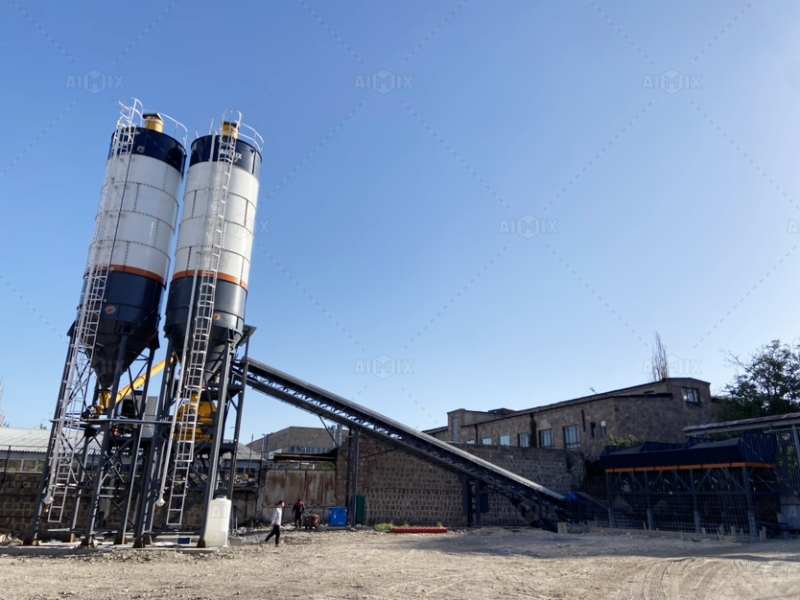


Automation raises concrete batching plant prices but boosts efficiency, quality, safety, and reduces labor costs.
Automation has transformed the construction industry, especially in the production of concrete. The introduction of automated technologies into concrete batching plants has significantly impacted their pricing structure, operational efficiency, and overall value proposition. Understanding the impact of automation on concrete batching plant prices is essential for buyers and operators aiming to balance investment cost with productivity gains.
Automation in concrete batching plants refers to the integration of computerized control systems that manage the batching process with minimal human intervention. This includes programmable logic controllers (PLCs), human-machine interfaces (HMIs), automated weighing systems, real-time monitoring, and data logging.
Automation enhances precision in measuring raw materials such as cement, aggregates, water, and admixtures, ensuring consistent concrete quality batch after batch.
Automated batching plants come with advanced sensors, control panels, and software that increase the plant’s upfront cost compared to manual or semi-automatic systems. The price difference can range from 10% to 30% depending on the level of automation and plant capacity.
Buyers should expect:
Sophisticated control systems
Automated feeders and conveyors
Integrated moisture sensors and additive dosing
Remote monitoring capabilities
These components require skilled engineering and quality hardware, pushing the price higher.
While automation increases the initial investment, it reduces ongoing labor expenses by minimizing manual tasks such as weighing, mixing, and quality checks. Automated plants operate faster and more accurately, leading to:
Reduced material waste
Fewer batch errors and rejects
Increased throughput and production rates
These efficiencies can lead to significant cost savings, offsetting the higher initial price over time.
Automated systems reduce human error, ensuring compliance with mix designs and safety standards. This lowers the risk of accidents and quality failures, which can be costly to rectify.
Though this safety benefit doesn’t directly lower plant prices, it adds intangible value that justifies the investment.
Automation involves complex electronics and software that require specialized maintenance and occasional updates. This can add to the plant’s lifecycle cost.
Buyers should factor in:
Periodic software updates
Skilled technicians for troubleshooting
Replacement of sensors and electronic parts
Despite these costs, the overall maintenance workload is often reduced due to better system diagnostics.
The decision to invest in an automated concrete batching plant depends on project scale, budget, and quality requirements.
Large-scale Projects: Automation is highly recommended for projects with high production demands, strict quality standards, and the need for traceability. The improved accuracy and efficiency justify the higher prices.
Small or Short-Term Projects: Semi-automatic or manual plants may be more cost-effective, as the automation premium might not be fully recouped.
Business Growth: For companies planning to scale operations or offer premium quality concrete, automation supports consistency and competitiveness.
Automation significantly influences concrete batching plant prices by increasing the initial capital investment while offering benefits like labor savings, improved quality, enhanced safety, and operational efficiency. Buyers should carefully assess their project needs and long-term goals to determine the appropriate automation level.
Though automated plants cost more upfront, their ability to deliver consistent quality, reduce waste, and optimize labor makes them a smart investment for serious concrete producers.
